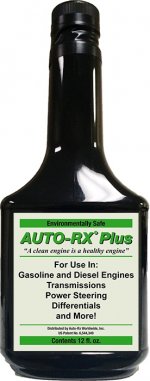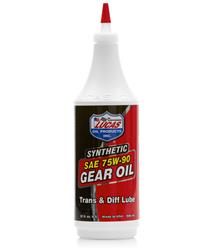Bob_Spidell
Yoda
Offline
I wasn't sure myself, come to think of it, so I did some googlin' (I usually trust RL's descriptions):
https://www.rymax-lubricants.com/blog/the-differences-between-gl-4-and-gl-5/
Also, I think we should use the 'NS' version, since the other is more for use with limited slip diffs, as the LSDs basically have a type of clutch and friction is a factor (but I doubt it matters diddly-squat in our old-school open diffs).
Yes, synthetics, as a rule, tend to leak out more, but can be contained. I went to great lengths to seal up my gearbox and OD when I rebuilt them, and they leak a little, but not a lot. My rear end--the car's that is--leaves a couple drops on the floor now and then, but I can live with them.
https://www.rymax-lubricants.com/blog/the-differences-between-gl-4-and-gl-5/
Also, I think we should use the 'NS' version, since the other is more for use with limited slip diffs, as the LSDs basically have a type of clutch and friction is a factor (but I doubt it matters diddly-squat in our old-school open diffs).
Yes, synthetics, as a rule, tend to leak out more, but can be contained. I went to great lengths to seal up my gearbox and OD when I rebuilt them, and they leak a little, but not a lot. My rear end--the car's that is--leaves a couple drops on the floor now and then, but I can live with them.

 Hi Guest!
Hi Guest!

 smilie in place of the real @
smilie in place of the real @
 Pretty Please - add it to our Events forum(s) and add to the calendar! >>
Pretty Please - add it to our Events forum(s) and add to the calendar! >> 





